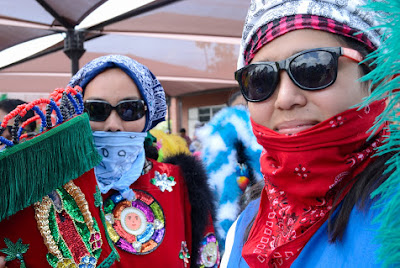Video of old Wells Fargo office
Wells Fargo from Stagecoach to Locked Cell
Why is Wells Fargo paying billions of dollars in fines?
1. Employees paid $50 bonus for opening new checking accounts
Bank tellers, managers, home mortgage guys took customers social
security number, date of birth and address and opened accounts with
nominal $2 to get the bonus, then allowed your mother and grandmother's
account to incur over draft fees and monthly charges, then sold them to
collection accounts. Nice culture of stealing from your clients
2. Wells Fargo Home Mortgage quotes low interest rates that they don't
intend to honor or close on time. Processing takes more than thirty days
for the most cooperative borrowers and the bank blames the customer
that the client didn't answer quickly enough and charges thousands of
dollars in rate lock extension fees that must be paid non-refundable
before they approve the loan. Scam.
3. Wells Fargo Home Mortgage charges $995 in underwriting fees and
$2600 in junk loan fees - about three times the amount all other banks
charge. They also are notorious for disclosing lower upfront costs and
re-issuing the Closing Disclosure for fictitious reasons, of course blamed
upon the client for errors.
4. If you have a Wells Checking account - stop the over draft protection as
this scam will eat every dollar in the account. They are famous for charging college students and the elderly $150 a day in fees.
5. Wells Fargo is not going to give you a modification. Since 2008 they
have lied to homeowners and quietly foreclosed on Borrowers who were
in the process of applying for modification. This department forces
homeowners to send duplicate paperwork in hundreds of time as a way
to wear down the homeowner.
6. Employees pushed clients into crummy super expensive load
retirement funds.
I worked at Wachovia which was taken over by Wells Fargo.
While there so many bad people work behind the Wizard of Oz
Wells Fargo's corporate culture doesn't want to change.
Fining them what sounds like a large sum of money is
a drop in the bucket to this huge behemoth bank.

















